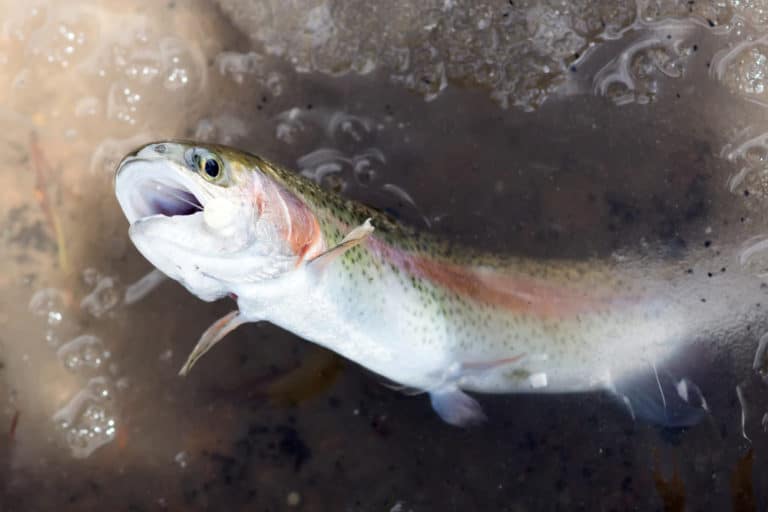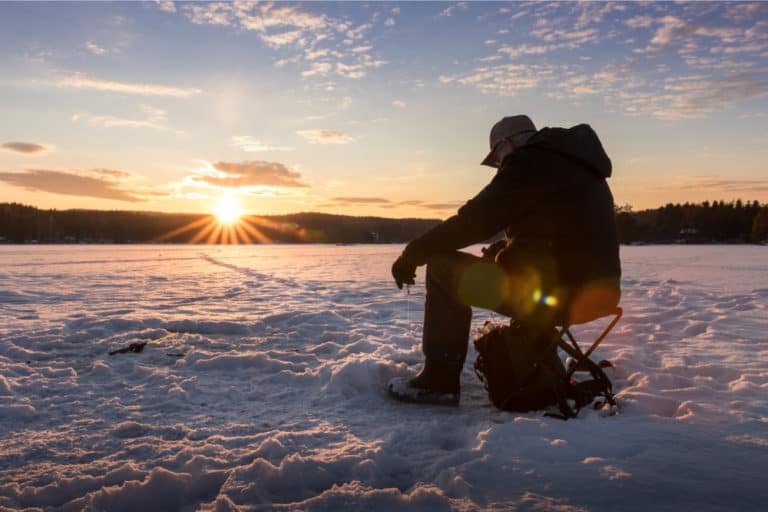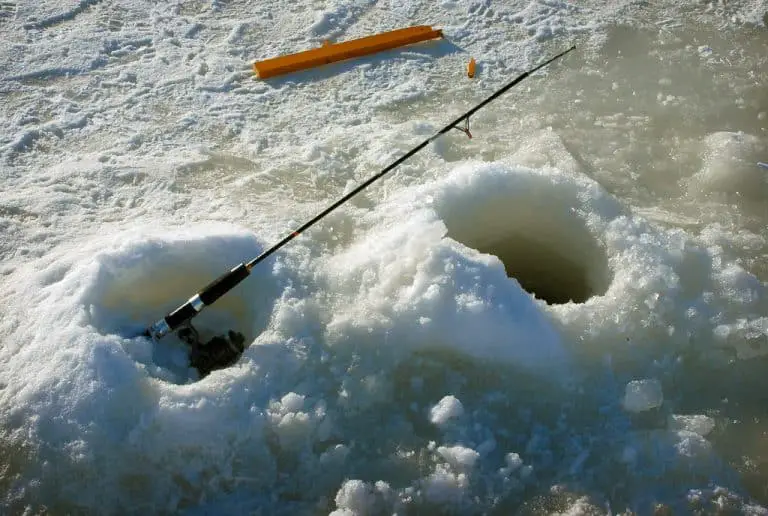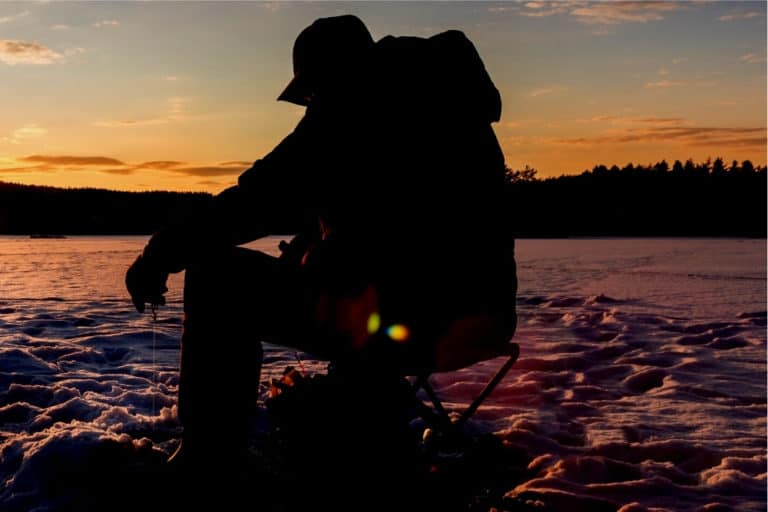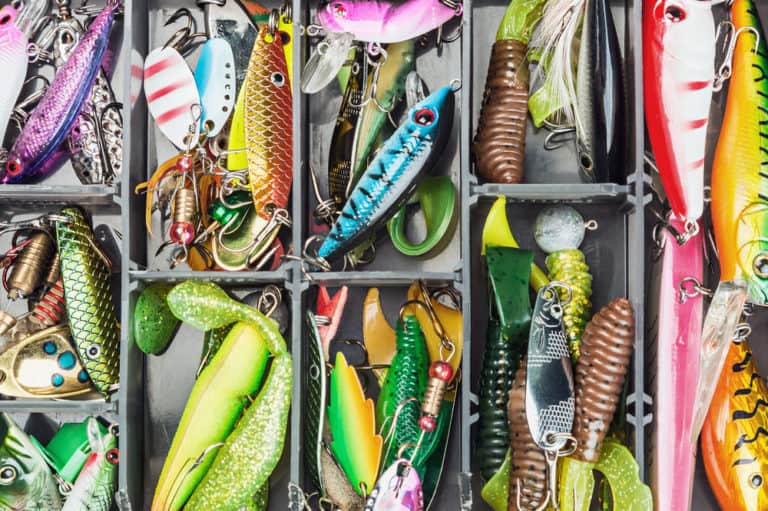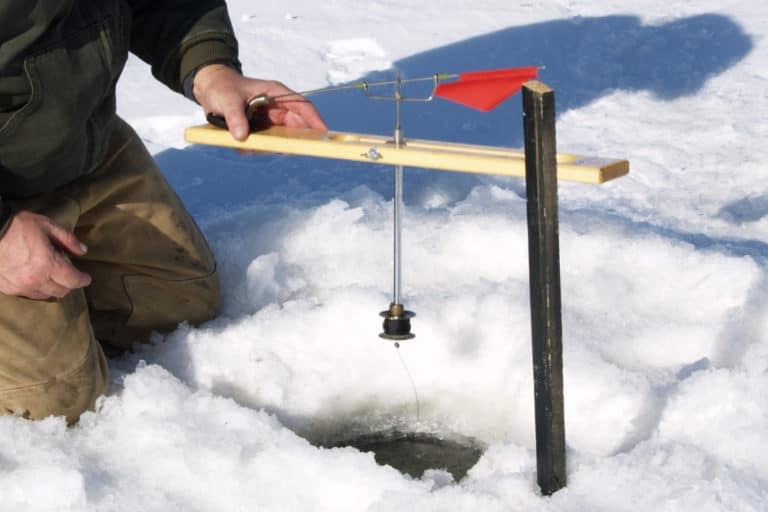How To Catch Finicky Perch Ice Fishing
Whether you’re a new angler or a seasoned pro, anyone will tell you that ice fishing is no mean feat.
From knowing the right bait to use, the best time of day to fish and what to do when the fish just aren’t biting, there are numerous obstacles that anglers will have to overcome.
With these difficulties in mind, we have put together a handy guide to help make your ice fishing experience just that little bit easier.
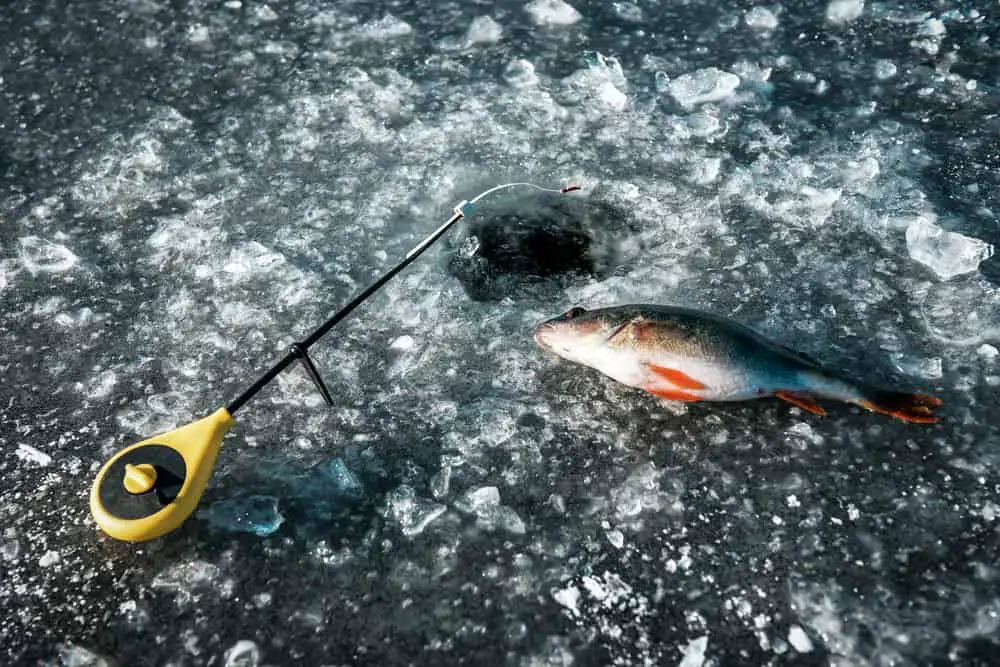
Table of Contents
What is the best bait for perch ice fishing?
Perch prefer live bait to man made lures, so for many anglers they find they are most successful when using baits such as insects, freshwater shrimp and small baitfish.
However, whilst live bait is favored by many anglers, there are some rules and regulations that do not allow it so make sure to check this before you head out!
Here we have compiled a short list of the best bait for perch ice fishing:
Minnow – If the rules and regulations allow it, then you cannot go wrong with minnow! Being one of the perch’s natural food sources, this is without a doubt the best bait to be used when looking to land a particularly finicky fish.
Not just because they are irresistible to perch, minnow are also a great choice for ice fishing as they work extremely well in chilly temperatures, having no problem wriggling and swimming in the cold waters.
However the downside to minnows is that they are not easy to store and transport (unlike others on this list) and hooking them can prove to be difficult especially for beginners.
Night crawlers – Night crawlers are an affordable option when it comes to perch fishing. They are easily stored, transported and kept alive. When it comes to actually using them as bait they are easily hooked and their wriggling is perfect for attracting hungry perch.
However some say that night crawlers aren’t the best choice for winter fishing as the cold water can affect their wiggling so suggest you use them to mix up things when other methods of bait aren’t working.
So if you’re looking to use night crawlers it’s suggested you use them in early or late winter when the temperatures aren’t so cold.
Cut perch pieces – If you’re fishing in an area where live bait is not allowed you can use cut pieces of previously caught perch to attract them. Whilst this sounds quite gruesome on the face of it, it is actually a free and effective way to catch your perch!
Like night crawlers, the bait is easy to transport, store, and is attached to the hook with minimal fuss, however it does lack the movement and wriggling of live bait which can be very important to attracting perch. If you’re looking for an effective way to catch hungry perch in a non live bait area then this is a great option.
How do you get a perch that won’t bite?
There can be many reasons why the perch aren’t biting and cold fronts and other weather changes can be one reason for this. The disruption in temperature can cause them to change their biting habits so it’s a good idea to mix up your bait and presentations when this happens to try and entice them in.
Perch can be known to be quite a lazy fish, and often need a little encouragement to bite. Some anglers recommend dangling some bait about a foot above the fish, just slightly out of reach and when they gentler tease it away. Once you have the attention of the first perch, you should find that the rest will follow
What time of day is best to catch perch?
Not everyone has an endless amount of time to spend out on the water and therefore knowing when your catch will be most active is the best way to maximize your chances of catching some perch. These are known as ‘golden windows’ to many experienced anglers but we’re sure the question you want to know is – when are these golden windows?
You should find that the best time of day to fish for perch is during the daylight hours in the early morning and late evening until sunset. These transitional windows where the water is cooler and the light slightly lower is when the perch comes out to search for prey, making it the best time for you to catch them!
Perch are sight based predators, meaning they require light to focus on prey and stay safe from threats. The best time for this is in the morning from about 6am to 8:30am and late evening from around 5pm until the sun sets. You won’t likely find any perch if it’s not within these times as they are affected negatively by the extremes in light.
For example if you were choosing to fish at night, there would be no light available to guide the perch so it would essentially be swimming blind and could end up getting the perch eaten by a predator – therefore they choose not to venture out in these conditions.
The same goes for midday fishing too as perch lack true eyelids so having too much sunlight can also leave them temporarily blinded.
Conclusion
Overall, ice fishing for perch can certainly present it’s challenges and none are more frustrating when the fish just don’t seem to be playing ball. Don’t let it get you down however, fishing is a skill and even the most seasoned anglers can have a bad day!
But if you’re dedicated to making those ice fishing catches, we now know there are a few things you can do to try and maximize your potential yield.
So next time you’re out fishing for perch make sure to consider the time of day in which you’re hitting the waters and the type of bait you’ll be using as both of these can have a big impact on your success but most importantly however, make sure to enjoy yourself and remain safe on the icy waters.

